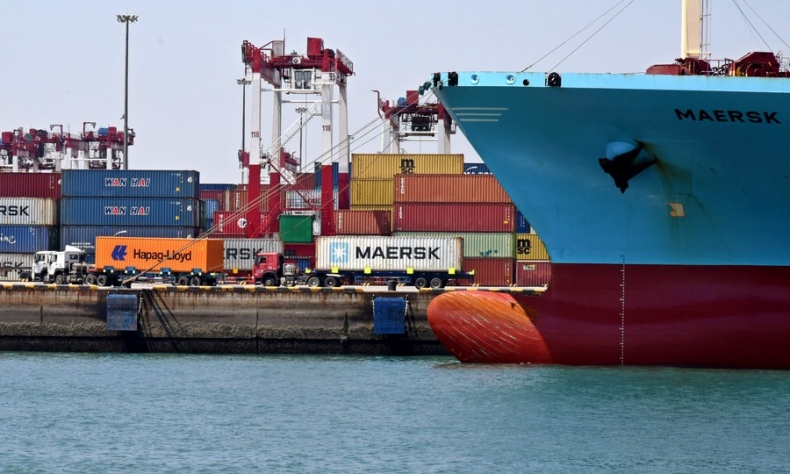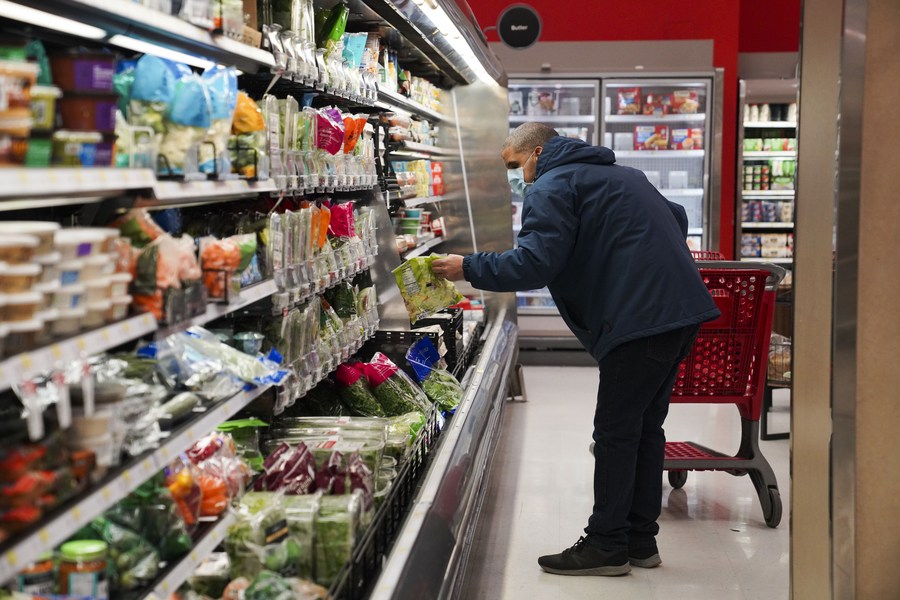Supply Is Fine, but Where Is Demand?

As the two largest economies in the world, it is meaningless for the U.S. to unjustifiably blame China for the looming global recession. They need to join hands in championing endeavors to revitalize the global economy, an effort of great significance to one another—and the world.
Since the beginning of this year, Chinese economists have been calling for vigilance against the negative impact of the global recession on the export sector. And as far as the manufacturing industry goes, they have a specific saying: “It (the industry) is not afraid of starvation, but it’s afraid to be stuffed to death,” meaning insufficient production capacity will affect profits, but excess capacity and inventory backlog are more fatal.
As the largest trading partner of more than 120 countries and regions, China, known as “the world’s factory,” does play an extremely important role on the global supply side. Since the outbreak of the COVID-19 pandemic in early 2020, China’s strict response measures made its economy one of the least affected in the world. In 2021, China’s total import and export volume of goods exceeded a record high of $6 trillion.
The General Administration of Customs of China announced on October 24 that in the first three quarters of 2022, the total value of China’s imports and exports had risen 9.9 percent year on year. But the capital flight from emerging economies to the U.S following six consecutive interest rate hikes from the U.S. Federal Reserve between March and November plus the European energy crisis caused by the Russia-Ukraine conflict worsened an already slowing world economy. The subsequent changes in global consumption levels and habits may now very well trigger a new disaster: the demand-side crisis.
But instead of dealing with the real crisis at hand, finding a scapegoat seems to be the easier solution. U.S. Secretary of Treasury Janet Yellen told The New York Times DealBook Summit in New York City on November 30, an event presenting a yearly discussion on the intersection of business, policy and culture, that China’s persistent COVID-19 lockdowns were disrupting production and hampering efforts to end disruptions to global supply chains and rebuild product inventories.

In the past two years, Yellen has repeatedly blamed China’s pandemic response for triggering the global supply chain crisis. Yet voices from the industrial and commercial communities are telling another story: Even now that China has been relaxing its COVID-19 policies since early November and factories are set to operate at full capacity again, the slack on the U.S. demand side simply cannot absorb these products.
According to a CNBC report published on December 4, U.S. manufacturing orders in China are now down by 40 percent. Joe Monaghan, CEO of Worldwide Logistics Group, told the news channel he believes that because of the decrease in orders, many manufacturers in China will close in early January 2023, two weeks earlier than usual, for the Chinese New Year’s seven-day national holiday (on January 21-27). He added that the collapse in demand and the ensuing decline in container freight rates from Asia is compelling ocean carriers to blank more sailings than ever before as vessel utilization hits new lows. A blank sailing could mean a vessel skipping one port along the route, or the entire journey being canceled.
The CNBC report further pointed out how the drop in manufacturing orders from the U.S. and the EU is also impacting Viet Nam, with canceled ocean transport bound for the country up by 50 percent for December. Meanwhile, in the UK, as demand in domestic and export markets weakened, manufacturing activity shrank again in November and the purchasing managers’ index, a gauge of the prevailing direction of economic trends in the manufacturing and service sectors, remained below the neutral 50 mark for the fourth straight month, posting one of its lowest levels during the past 14 years, according to a report by S&P Global Inc., a New York-based financial information and analytics firm, on December 1.
In its latest World Economic Outlook report, published in October, the International Monetary Fund cut the global economic growth forecast for next year to 2.7 percent, 0.2 percentage points lower than its July forecast. “The worst is yet to come, and for many people, 2023 will feel like a recession,” the report read.
As the two largest economies in the world, it is meaningless for the U.S. to unjustifiably blame China for the looming global recession. They need to join hands in championing endeavors to revitalize the global economy, an effort of great significance to one another—and the world. It’s always a matter of “give and take.”
 Facebook
Facebook
 Twitter
Twitter
 Linkedin
Linkedin
 Google +
Google +










